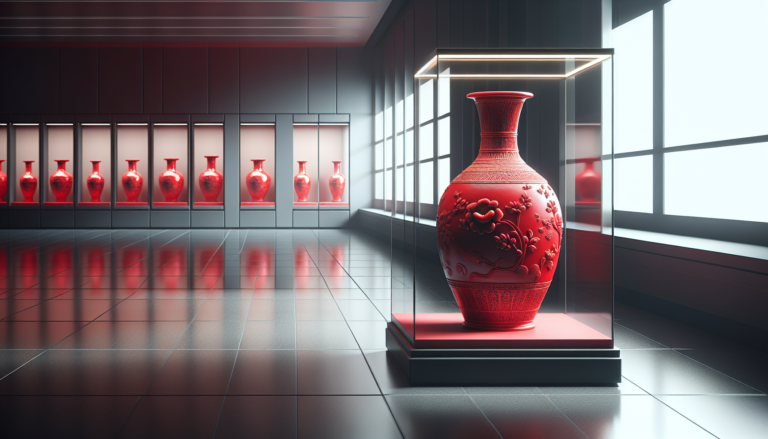You must understand that cinnabar is a fascinating mineral and an essential historical pigment. Known for its vibrant red color, cinnabar is a mercury sulfide mineral (HgS) that occurs naturally in various geological settings. You may have encountered it in art, history, or geology, as it has been used for thousands of years, particularly in ancient civilizations. Cinnabar’s distinctive hue makes it easy to identify, yet its rich history in various cultures adds depth to its significance.
One of the most striking features of cinnabar is its bright red color, which has been highly valued across many societies. You could trace its historical use back to the ancient Chinese, who mined cinnabar extensively for its pigment. In classical Chinese art, the bright scarlet color derived from this mineral adorned everything from pottery to calligraphy. If you visit Chinese art museums or galleries, you’ll likely see examples where the vivid red of cinnabar has been used to attract the eye and invoke spiritual energy.
Besides its aesthetic appeal, cinnabar played a significant role in ancient medicine. In traditional Chinese medicine, you might find that small amounts of powdered cinnabar were believed to have healing properties. However, it’s crucial to note that because cinnabar contains mercury, it can be highly toxic. You should be cautious and aware of the dangers of using this mineral medicinally, as excessive exposure to mercury poses serious health risks.
In addition to its artistic and medicinal uses, you might also find cinnabar fascinating for its role in ancient burial practices. The bright red pigment was often used in funerary art and ritual objects, signifying vitality and a life force. When examining ancient Mesoamerican cultures, you’ll see that the Aztecs and Maya utilized the mineral in burial tombs and sacred spaces. If you’re interested in archaeology, you may appreciate how this mineral signifies the value placed on concepts like death and the afterlife in different societies.
Cinnabar has also been utilized in various decorative arts, such as lacquerware, which is typical in East Asia. You might notice how inlays made from ground cinnabar create intricate designs in Chinese lacquer furniture, offering visual beauty and a rich cultural significance. If you consider an interior design incorporating traditional elements, understanding the role of materials like cinnabar could influence your choices in decor.
Finally, the environmental implications of mining and using cinnabar are crucial for you to consider in contemporary discussions about sustainability. Because of its mercury content, irresponsible mining practices can lead to soil and water contamination, affecting the environment and human health. As you become more aware of these issues, it’s crucial to weigh the cultural significance of cinnabar against its potential ecological impact.
Understanding cinnabar’s multifaceted uses throughout history enriches your knowledge of art, culture, and environmental responsibility. Whether you’re interested in its applications in ancient artistry or its health implications, the story of cinnabar resonates across time and geography.
